The 9mm is the king of self-defense cartridges. So great is the 9mm’s influence on American culture that it is the only cartridge many people can name. Terminator fans might quote the famous “Uzi nine millimetah” line without even thinking about what a “nine millimetah” is.
The 10mm is much more niche. It might have become more widely known had the FBI not determined its recoil is too excessive and its handgun is too large for smaller and more sensitive “alphabet boys.” Oddly enough, we’ve encountered more than one customer who believed the 10mm was a made-up cartridge from the Fallout video game series.
Following its introduction in 1983, the 10mm would eventually get shrunken down to become the far more popular 40 S&W. But many people still love the 10mm and wouldn’t have it changed in any way. Why do they prefer the 10mm when the 9mm is so abundant? Well, that one extra millimeter stands for a whole heck of a lot more power – but it carries other significant differences as well. We’re going to compare the two handgun rounds’ dimensions, ballistic performance, stopping power and recoil so you can get a better idea of which one you should prefer.
9mm Luger vs 10mm Auto: Cartridge Dimensions
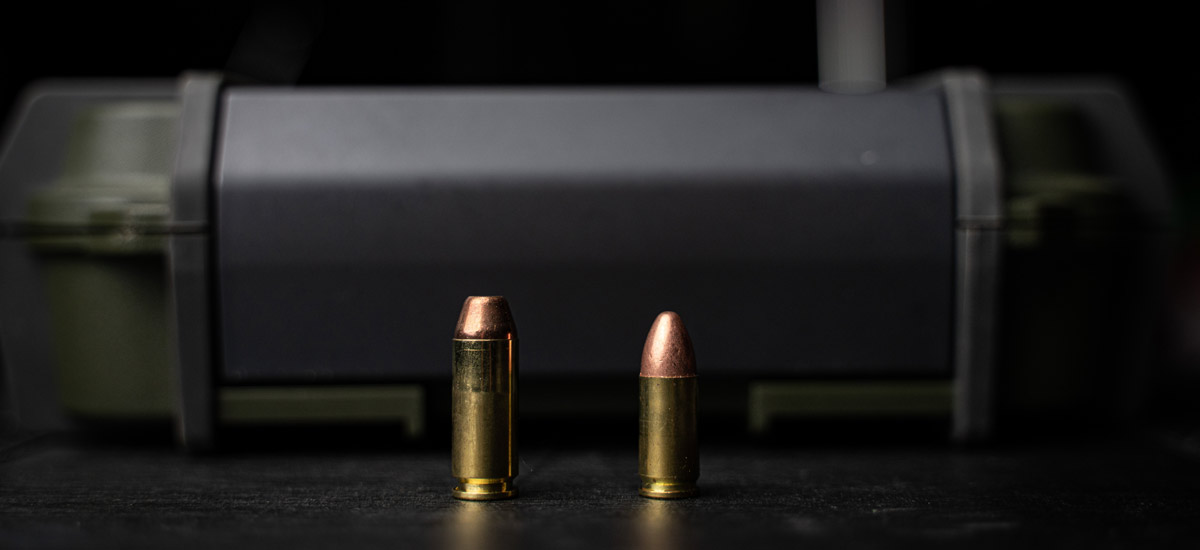
10mm ammo (left) next to a 9mm cartridge (right).
| 9mm | 10mm | |
|---|---|---|
| Parent case | 7.65x21 | 30 Remington |
| Case type | Rimless, tapered | Rimless, straight |
| Bullet diameter | 0.355 in | 0.4005 in |
| Neck diameter | 0.380 in | 0.423 in |
| Base diameter | 0.391 in | 0.425 in |
| Rim diameter | 0.392 in | 0.425 in |
| Rim thickness | 0.050 in | 0.055 in |
| Case length | 0.754 in | 0.992 in |
| Overall length | 1.169 in | 1.260 in |
| Case capacity | 13.30 gr H2O | 24.10 gr H2O |
| Maximum pressure | 35,000 psi | 37,500 psi |
Bigger. This is the simplest way to compare the 10mm to the 9mm. Its bullet (usually 180 or 200 grains) is heavier than the 9mm’s (usually 115, 124 or 147 grains). Its case is also far more spacious, giving room to seat a wider diameter bullet as well as 81 percent more powder.
The 10mm’s greater size has several ramifications. A cartridge with more copper and lead quite naturally costs more to manufacture. It weighs more and requires a heavier handgun to boot. But most importantly, bigger cartridge equals bigger power. We’ll explain what that looks like in a second.
Ballistic Performance of 9mm vs 10mm
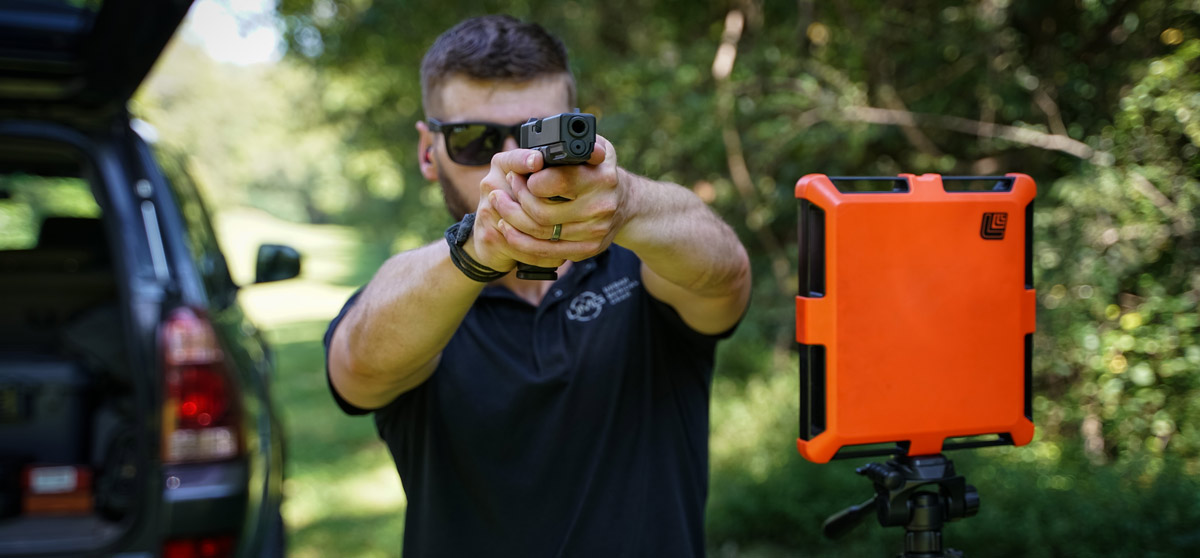
| PMC 9mm 115gr JHP | PMC 10mm 170gr JHP | Sellier & Bellot 9mm 124gr FMJ | Sellier & Bellot 10mm 180gr FMJ | Speer Gold Dot 9mm 147gr JHP | Speer Gold Dot 10mm 200gr JHP | |
|---|---|---|---|---|---|---|
| Muzzle velocity (fps) | 1160 | 1200 | 1181 | 1165 | 990 | 1100 |
| Velocity @ 25 yds | 1099 | 1118 | 1116 | 1108 | 961 | 1054 |
| Velocity @ 50 yds | 1050 | 1053 | 1063 | 1061 | 935 | 1015 |
| Velocity @ 75 yds | 1009 | 1002 | 1020 | 1021 | 912 | 982 |
| Velocity @ 100 yds | 974 | 960 | 983 | 987 | 890 | 953 |
| G1 ballistic coefficient | 0.142 | 0.114 | 0.141 | 0.155 | 0.164 | 0.155 |
| Drop @ 25 yds | 0 | 0 | 0.01 | 0 | 0 | 0 |
| Drop @ 50 yds | -1.54 | -1.48 | -1.48 | -1.51 | -2.1 | -1.7 |
| Drop @ 75 yds | -5.06 | -4.93 | -4.89 | -4.96 | -6.68 | -5.51 |
| Drop @ 100 yds | -10.7 | -10.53 | -10.39 | -10.49 | -13.87 | -11.57 |
| Muzzle energy (ft lbs) | 344 | 544 | 384 | 543 | 320 | 537 |
| Energy @ 25 yds | 309 | 471 | 343 | 491 | 302 | 493 |
| Energy @ 50 yds | 282 | 419 | 311 | 450 | 286 | 458 |
| Energy @ 75 yds | 260 | 379 | 286 | 417 | 272 | 428 |
| Energy @ 100 yds | 242 | 348 | 266 | 390 | 259 | 403 |
Accuracy comparisons are much more interesting when they apply to rifle cartridges. Handguns are typically fired over such short distances that minute differences between two rounds’ ballistic performance is negligible. Whether a 9mm round’s trajectory is flatter than a 10mm round’s depends entirely on the ammo you are comparing. With practice you can place either round in very tight shot groups. As such, you can broadly consider the 9mm and 10mm identical in terms of their accuracy.
Stopping Power / Self-Defense
“Stopping power” describes how effectively a bullet will neutralize a threat. Several variables contribute to stopping power including rate of expansion, width of expansion and bullet diameter. With that in mind, both the 9mm and 10mm can perfectly satisfy the FBI test protocol for wound channel width and depth. Both also deliver more energy at 25 yards than the minimum typically recommended as a minimum for self-defense.
That said, the 10mm is far more powerful than the 9mm. Its average muzzle energy is 55 percent greater than the 9mm (and it transfers about 49 percent more energy at 100 yards). In the simplest terms possible, the 10mm’s far more furious power equips it to neutralize a threat faster and with fewer shots. Whereas a shot from a 9mm might theoretically only slow down a threat, the same exact shot from a 10mm could neutralize it instantly.
Gel Test Results: 9mm vs 10mm
We fired both 9mm and 10mm into ballistic gelatin to give you a better idea of how these rounds perform when hitting a soft target.
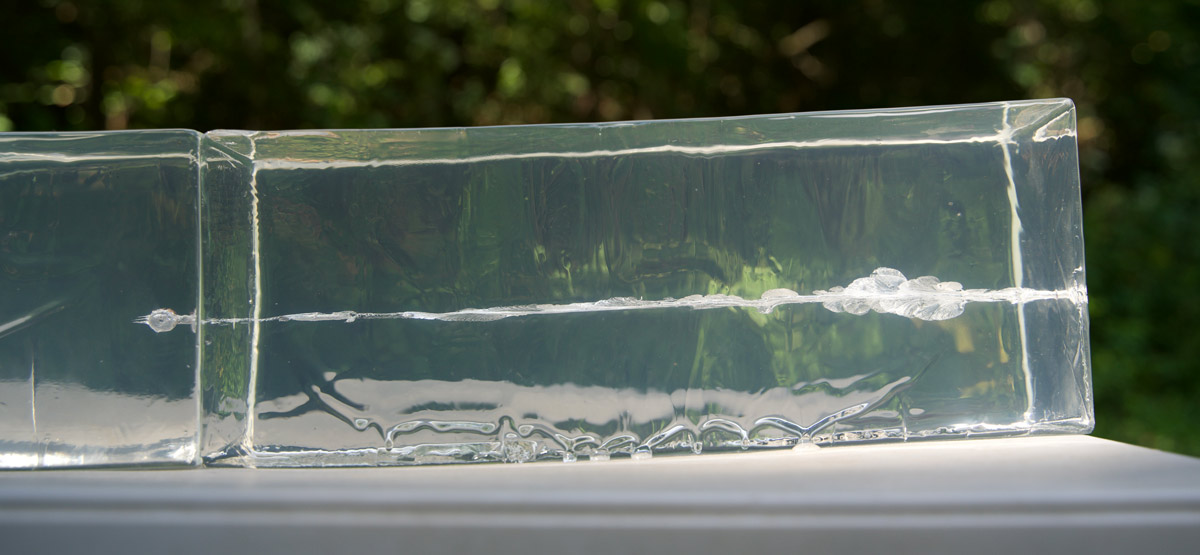
Our Hornady 115 grain XTP 9mm Luger traveled about 17-inches into the ballistic gelatin. That’s right in the window that the Federal Bureau of Investigation wants to see rounds penetrate when they evaluate ammo for their agents.
So, how did the 10mm do compared to the 9mm?

In terms of penetration, the 180-grain Hornady XTP 10mm didn’t make it as far as the 9mm. It was just shy of 16″ of penetration. However, the 10mm clearly left a wider wound channel as the expanded bullet made its way through the Clear Ballistics gelatin.
Most shooters wound likely deem both of these rounds suitable for self-defense. Purely evaluating it from terminal ballistics perspective, you’ll likely find the 10mm more attractive though. That larger wound channel wound be significant when it comes to blood loss. When dealing with an attacker, that’s a major factor in neutralizing a threat.
A sidenote: If you intend to use your handgun for hunting, then the 10mm’s greater stopping power means you shouldn’t even debate whether to favor it over the 9mm. The 10mm is even effective for defense against bears!
Recoil
Its relatively powerful recoil is one of the bigger reasons why people prefer 9mm or 40 S&W over 10mm. And they don’t just avoid the 10mm’s heavier recoil for the sake of comfort. A round that generates greater recoil energy will flip the pistol’s muzzle higher upward. This increases the amount of time it takes to line up the next shot – and you want to be able to fire fast, accurate follow-up shots when someone intends to do you immediate bodily harm.
Let’s compare the recoil energy of the 9mm and 10mm. This is easy to do with four variables: muzzle velocity, bullet weight, powder weight and firearm weight. For the sake of comparison let’s assume all 9mm loads have 5 grains of powder and we are firing a Glock 17 (24.87 oz with empty mag), and that all 10mm loads have 11 grains of powder and we are firing a Glock 20 (30.69 oz with empty mag).
| Recoil Energy (ft lbs) | |
|---|---|
| PMC 9mm 115gr JHP | 5.12 |
| Sellier & Bellot 9mm 124gr FMJ | 6 |
| Speer Gold Dot 9mm 147gr JHP | 5.93 |
| PMC 10mm 170gr JHP | 11.09 |
| Sellier & Bellot 10mm 180gr FMJ | 11.59 |
| Speer Gold Dot 10mm 200gr JHP | 12.5 |
The 9mm loads generate an average recoil energy of 5.68 ft lbs; the 10mm loads, 11.73 ft lbs. In short, the 10mm generates about twice as much recoil energy as the 9mm!
A recoil energy comparison must be taken with a grain of salt. (Or grain of powder, if you please.) Many people don’t mind the 10mm’s greater recoil at all – some don’t even notice it. How much recoil you actually perceive depends not only on your ammo’s specs and your handgun’s weight and design, but also your bones, muscles and nervous system. It’s difficult to quantify how much kick you’re actually going to feel. Still, you can reasonably expect significantly greater kick from a 10mm pistol.
Price & Availability
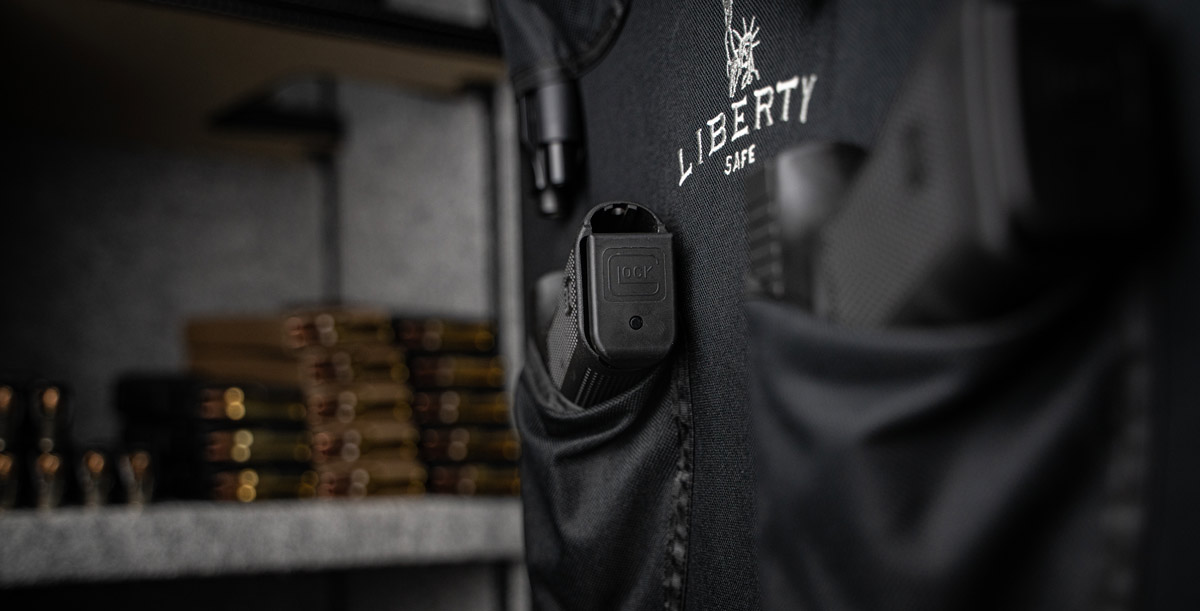
The 9mm is smaller and much more popular than the 10mm. It follows that America’s most popular centerfire handgun cartridge is priced much lower and significantly easier to find. This isn’t to suggest that 10mm ammo is scarce; you’ll just have fewer options, and you will pay more for them.
The same goes for handguns as well. The 9mm’s mainstream popularity means that there is an abundance of 9mm handguns on the market, while the niche 10mm presents fewer options as far as firearms go. Still, finding a decent 10mm pistol is as easy as visiting a gun store.
Takeaway
The 9mm is the most popular self-defense cartridge for many reasons. Its manageable recoil, reliable stopping power and serviceable accuracy all mean you can’t go wrong choosing it for your everyday carry firearm. You’ll also greatly recognize how easy it is to find 9mm ammo.
But the 10mm’s devoted following is no fluke. Folks who reason there is no such thing as too much stopping power and are willing to accommodate brisk recoil appreciate the semi-auto self-defense round for what it is: heavier, costlier, harder to find, and able to overwhelm a threat with massive takedown terminal ballistics. If you’re willing to look past the 10mm ammo’s shortcomings, you can carry a sidearm that will put down polar bears – let alone an attacker.

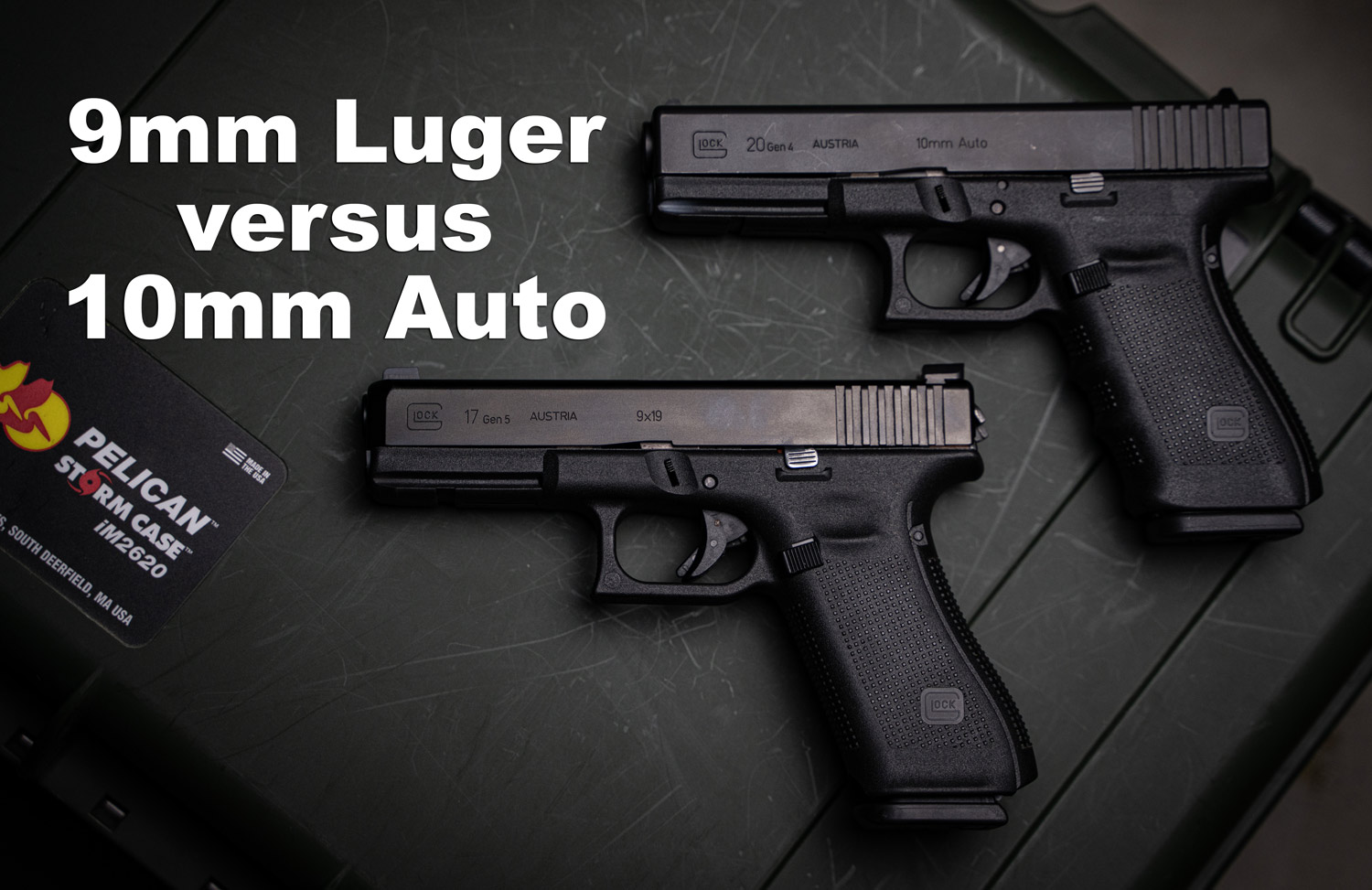
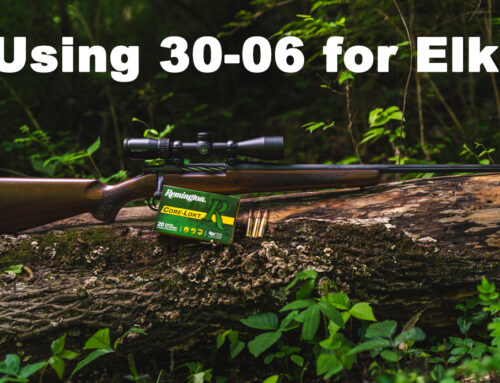
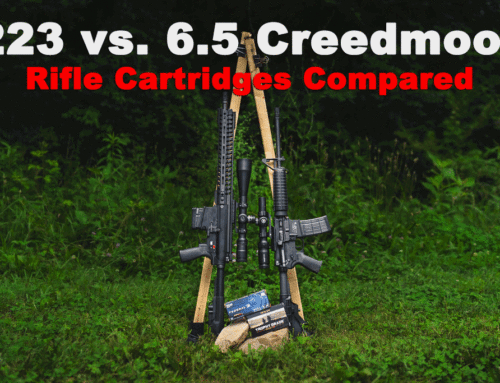

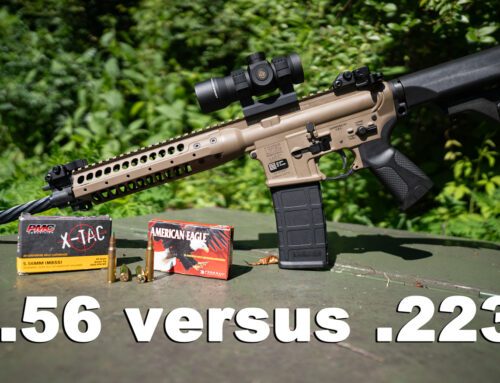
Leave A Comment